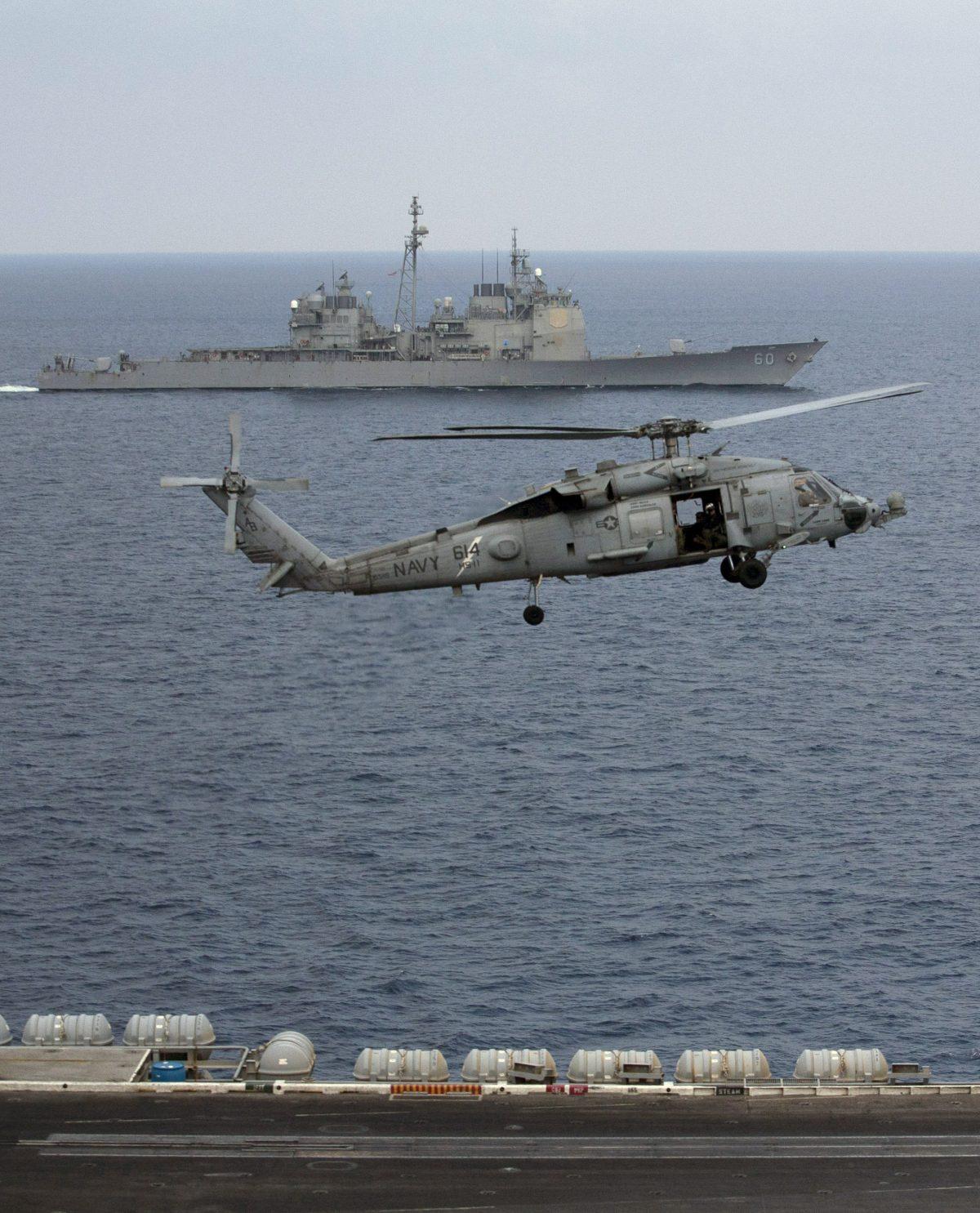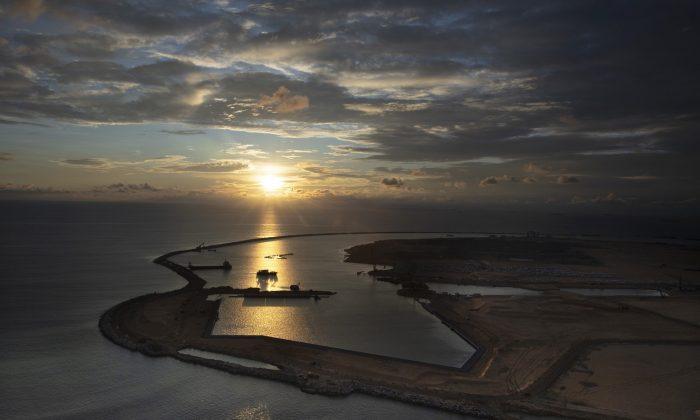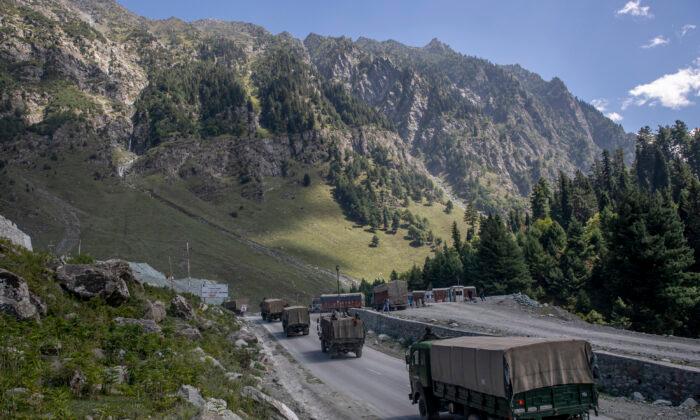With Burma acting as the land bridge, the rail line would allow China to build a strategic network—from Yunnan Province in the southwest through Burma to the Indian Ocean—that provides a secure route to its trade and energy imports. Since 95 percent of its trade and 80 percent of its energy imports pass through the Indian Ocean into the Straits of Malacca, China is anxious over maritime chokepoints such as the Strait of Hormuz and Bab el-Mandeb. Thus, Beijing wants to add such a maritime dimension to its geopolitical aspirations in order to safeguard its strategic and growing interests in the Indo-Pacific region. The Indian Ocean is the new limit to China’s great power aspirations.
The expansion in China’s maritime quest is founded in its new outlook toward “open seas protection” far from its shores. To that end, China’s “21st Century Maritime Silk Road” is aimed to boost maritime connectivity with Southeast Asian and Indian Ocean littoral countries, which fuels Beijing’s ambitions in the Indian Ocean. What augments this vision is the increased presence of Chinese submarines in the Indian Ocean along with port build-ups in Sri Lanka, Pakistan, Burma, among other countries. In addition, China has carried out joint naval exercises with its partners in the Indian Ocean. For instance, in December 2019, China, along with Russia and Iran, held four-day joint naval exercises in the Indian Ocean and the Gulf of Oman. In January 2020, China and Pakistan held major joint naval exercises called the “Sea Gardens 2020,” joint training in Karachi, and live-fire drills in northern parts of the Arabian Sea.
Traditionally, Beijing’s strategic focus has mainly centered on the Pacific. However, as the international focus is shifting on the Indian Ocean, so is Beijing’s—this is exemplified by the 2013 “Blue Book” on the Indian Ocean, published by the Chinese Academy of Social Sciences (CASS). Though not as an official policy, the Blue Book marked the very first attempt by Beijing to spell out its emerging interest and strategy in the Indian Ocean. The document mentions that in the past, “China’s Indian Ocean strategy was based on ‘moderation’ and ‘maintaining the status quo,’ but the changing dynamics of international relations necessitates China [to] play a more proactive role in [the] affairs of the region.”

Such a dimensional shift increases the possibility of greater PLAN posturing in the Indian Ocean Region (IOR) by supplying military equipment to its allies, and building military bases and commercial ports in the littoral states. China’s action plan is seen through its collaboration with its “all-weather ally” Pakistan to build high-tech warships, China’s only overseas military base in Djibouti, and two strategic ports—Gwadar in Pakistan and Hambantota in Sri Lanka—that are already docked with Chinese warships and submarines.
Pakistan and Burma are identified as the two gateways for the Chinese entry into the Indian Ocean—with Pakistan providing direct access to the Strait of Hormuz and Burma providing access through the Bay of Bengal. This is exemplified by China’s key Belt and Road projects such as the China-Pakistan Economic Corridor and the Mekong sub-regional economic cooperation.
With these advancements at play, China has made fresh forays into the Indian Ocean, significantly upsetting the regional balance of power and stability. But Beijing faces major challenges in safeguarding its vital interests in the region, including India’s strategic geographical presence, U.S. military predominance in the IOR, and above all, the increasing interest among countries to align toward the Indo-Pacific vision as underlined under the Quad framework.
In the Indian Ocean, the Chinese regime will see its great power aspirations fall short as it is not a primary player in the region, compared to other regional actors such as India.





Friends Read Free